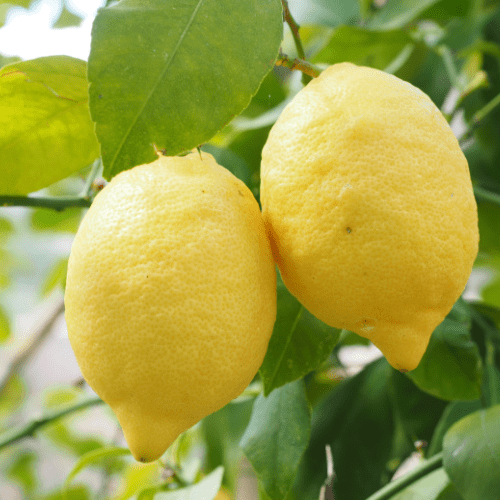Position
Plant your orange tree in a spot that receives full sun and is protected from strong winds. To allow it to grow unhindered, your trees should be planted 2.5m apart from one another.
Size
These oranges can grow to 2m and are ideal for growing in a pot. Orange trees do not like their roots to be disturbed. So, don’t plant other trees, bushes, or flowers near them.
Soil Type
Orange trees require healthy, well-drained soil. Add compost to the hole you dig for your tree, so it is in prime condition to nourish the roots. If you’re opting for a pot, use a good-quality potting soil and a pot with drainage.
Watering
Orange trees require regular watering; those in pots need it even more. Generally speaking, your orange tree should get 2.5 to 4 cm of water per week.
Mulching
Add a thick layer of pine bark mulch, keeping it about 20 to 30 centimetres away from the tree trunk itself (any closer and it may cause excess moisture to damage the trunk). This will retain the moisture in the soil and will prevent weeds from taking over.
Fertilising
Give your orange trees the best chance by fertilising them well. If the leaves start to yellow, your plant may be deficient in magnesium. Apply a little Epsom salt to the tree’s dripline (where the leaves extend their reach). Apply our slow-release fertiliser – 1 teaspoon every 4-5 months. Although it is called berry fertiliser, it is suitable for all plants/trees.
Pruning
Your orange tree will only need to be pruned to remove dead or diseased limbs, or those that are too close to the ground (around 30 cm or less).
Pests and Diseases
Aphids, citrus psylla, red scale, citrus greening. Spraying regularly with Agricultural Neem Oil or Effective Microorganisms (EM Control) will assist in either prevention or after the fact. If you already have aphids or mites, wash the tree with a harsh hosing, and when dry, spray with Neem oil or EM Control.
Practice good garden hygiene (remove fallen fruit and leaves).
Watch for root rot (caused by overwatering) and fungal infections during wet periods.
Harvesting
These trees can be harvested from spring to summer and usually continue to bear fruit for decades. The orange should be fairly easy to pluck from the tree if you gently twist it from the branch.







